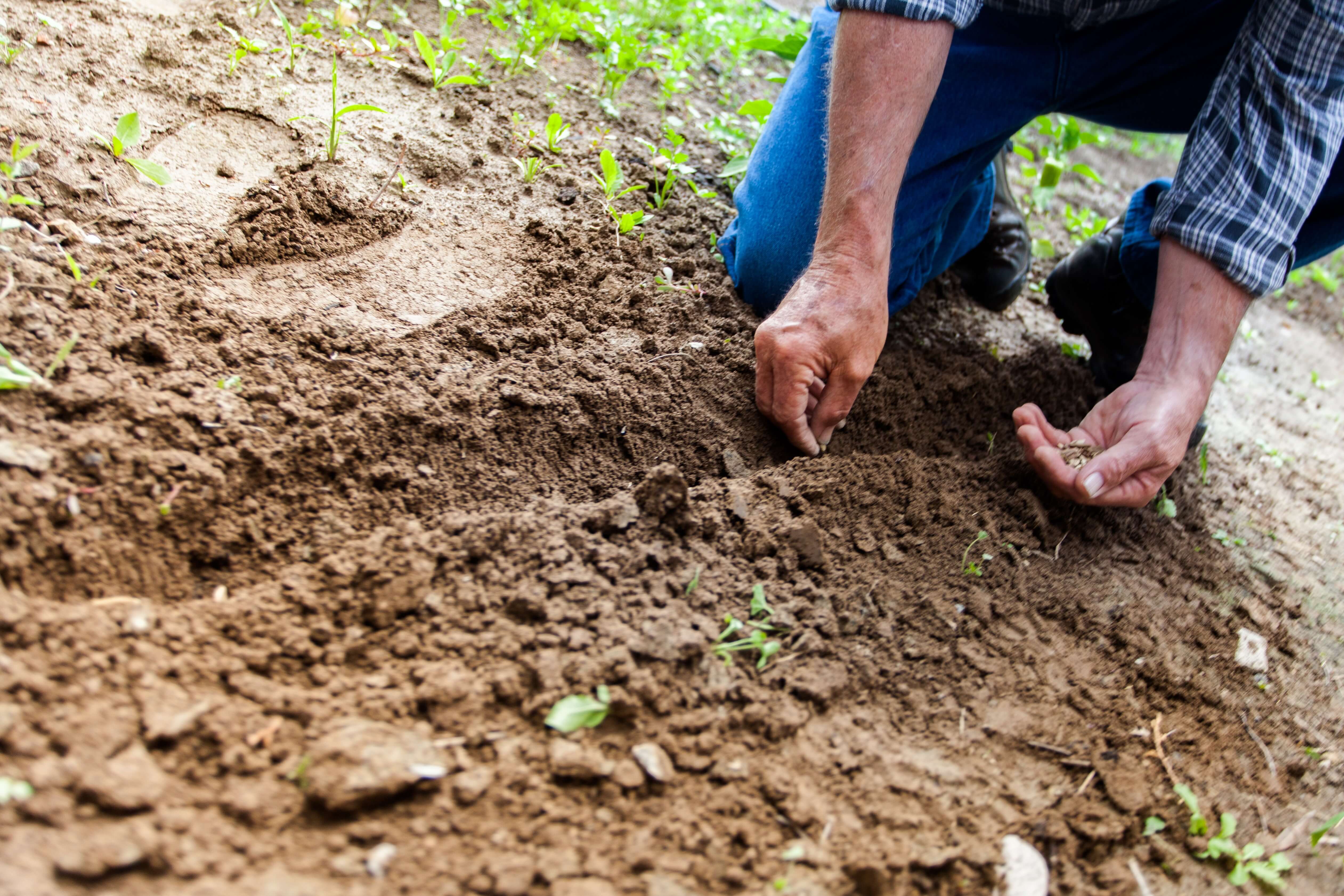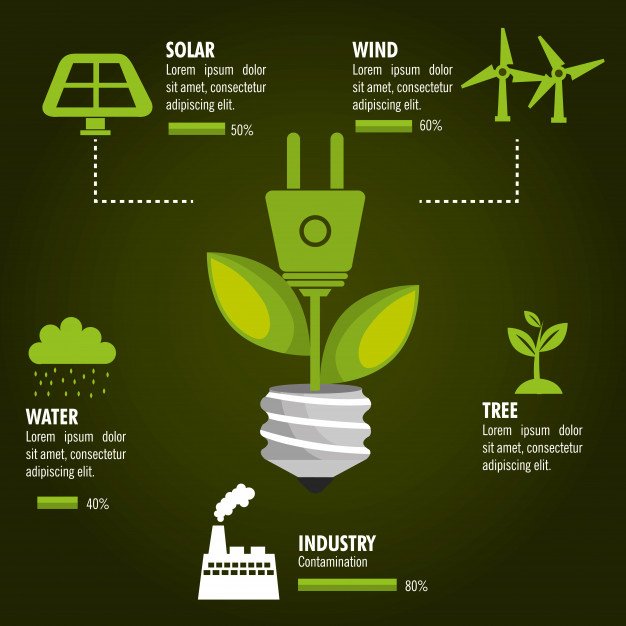In an era where environmental concerns are as pressing as economic ones, the agricultural sector finds itself at a crossroads. Traditional farming practices, heavily reliant on non-renewable energy sources, are no longer sustainable or affordable.
This challenge has spurred a growing interest in renewable energy sources, such as solar and wind power, as viable alternatives for powering farm operations. Integrating these green solutions bolsters environmental sustainability and offers significant economic advantages and operational efficiencies.
The Case For Renewable Energy In Agriculture
The agricultural industry is a cornerstone of the global economy, but it is also a significant contributor to environmental degradation, primarily through its heavy reliance on fossil fuels. This dependency exacerbates climate change and places a financial strain on farmers due to the volatile prices of traditional energy sources.
As energy costs soar, economic pressure mounts, making the shift to renewable energy attractive. Beyond the environmental imperative, renewable energy stands out as a pathway to sustainability, enabling farms to reduce their carbon footprint and embrace a cleaner, greener future.
Benefits Of Integrating Renewable Energy Sources
Renewable integration supports enhanced air quality as well as health outcomes by decreasing pollution. Greater dependency on renewable energy sources will bring down air pollution and eliminate tons of premature deaths. Bad air quality has affected the health of so many people for a long time. Here are some more advantages of renewable energy integration:
Economic Advantages
The economic benefit is one of the most compelling reasons for adopting renewable energy in agriculture. Solar panels and wind turbines, once installed, significantly reduce the farm’s energy bills. There’s also the potential to generate income by selling surplus energy back to the power grid, thanks to net metering policies. Moreover, governments across the globe offer various financial incentives, such as tax credits and subsidies, to encourage the adoption of renewable energy technologies.
Environmental Impact
Switching to renewable energy sources drastically reduces greenhouse gas emissions, reducing the agricultural sector’s carbon footprint. It also lessens the reliance on fossil fuels, contributing to biodiversity conservation and ecosystem preservation. Furthermore, renewable energy sources are inherently more compatible with sustainable farming practices, bolstering a farm’s resilience to climate change impacts.
Operational Efficiencies
Renewable energy technologies offer enhanced reliability and stability in energy supply, which is crucial for the uninterrupted operation of farm activities. These technologies pave the way for automation and the integration of advanced agricultural technologies, further optimizing farm operations.
The use of rugged technology, designed to withstand harsh farm environments, enables more efficient data collection and real-time insights, dramatically improving decision-making and productivity on the farm. Rugged devices, such as durable tablets and sensors, ensure continuous operation and monitoring, allowing for more significant efficiency insights and operational control.
Additionally, by mitigating the risks associated with fluctuating energy prices, renewables provide farmers with a more predictable and secure energy future, enhancing operational efficiencies through cost savings and energy independence.
Challenges In Adopting Renewable Energy
Despite the benefits, transitioning to renewable energy comes with challenges. The initial capital investment for technologies like:
1. Prohibited Uses Of Solar Panels
Solar panels or wind turbines can be prohibitive for many farmers. Additionally, the spatial requirements for installing these systems may lead to land use conflicts, particularly on smaller farms. Technical hurdles, including maintenance expertise and the variability of energy production, may necessitate investment in energy storage solutions.
2. Existing Technology & Infrastructure
A greater challenge in integrating renewable energy is the present technology and infrastructure, along with their availability to connect renewables. Since there are reduced high-voltage direct powerlines in a few areas, it is difficult to leverage renewable energy. Technology-related challenges also persist when converting direct power into renewables. New grid inverters in smaller farms help to streamline operations.
3. Grid Operators
High levels of integrating renewable energy make it difficult for grid operators to balance demand and power supply. Renewables such as geothermal and water in farms offer baseload and consistent power that can be ramped up to meet adequate power demand. There are other renewables, such as solar and wind energies, and the integration of these can be difficult.
Strategies For Overcoming Challenges
Farmers can navigate these challenges through a variety of strategies. Financially, tapping into grants, loans, and incentive programs can offset the initial costs of renewable energy projects. Technologically, investing in energy storage and smart grid technologies can help manage the variability of renewable sources.
Collaboratively, farmers can participate in community solar or wind projects, which allow for shared costs and benefits. Additionally, advocating for supportive policies and regulations is crucial in creating a more conducive environment for renewable energy adoption in agriculture.
Future Trends In Renewable Energy For Agriculture
The future looks bright for renewable energy in agriculture, with technological advances making these solutions more accessible and cost-effective. The importance of sustainability certifications for farm products is also rising, driving the adoption of green practices. Moreover, the potential of emerging renewable sources, such as algae biofuel and tidal energy, promises to revolutionize sustainable farming further.
Integrating renewable energy sources into farm operations is not just a trend but a necessary shift towards sustainable agriculture and a healthier planet. The benefits far outweigh the challenges, offering a path to economic resilience, environmental stewardship, and operational efficiency.
As the agricultural sector stands at the forefront of the battle against climate change, embracing renewable energy solutions is imperative. The call to action is evident: for the sake of our planet and future generations, farmers, policymakers, and the agricultural industry must unite to harness the power of renewables to transform farm operations for a sustainable future.
The Bottom Line
At the end of the day, the environment is what we should all care about. When it comes to renewable integration, the ecology is sureshot of benefitting. With the help of renewable energy sources, a lot of farming practices will not only be digitized but also streamlined.
With that, we bring this article to an end. If you have the necessary insights into the topic, do comment below and share your thoughts. Thank you for reading.
Read Also:






















